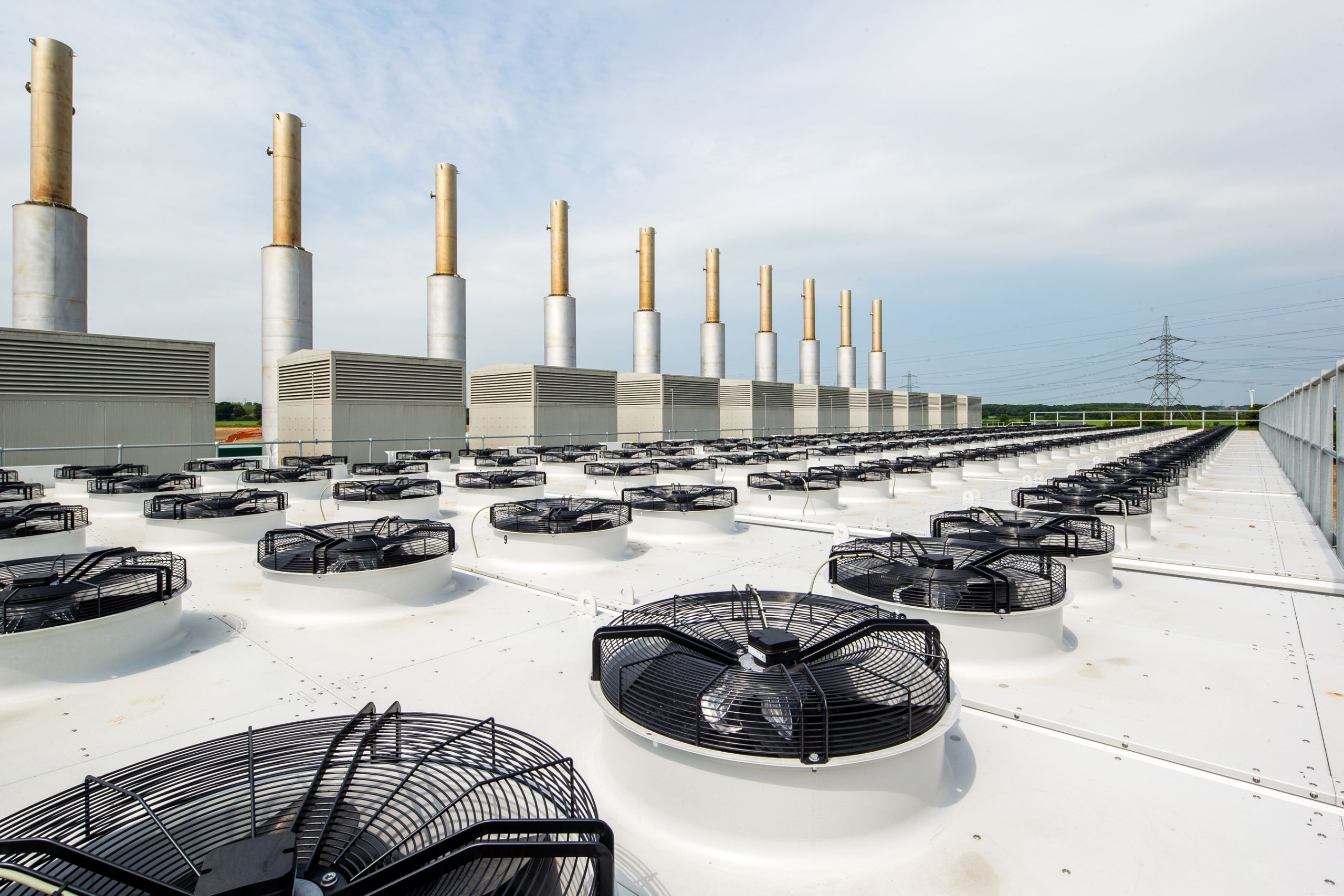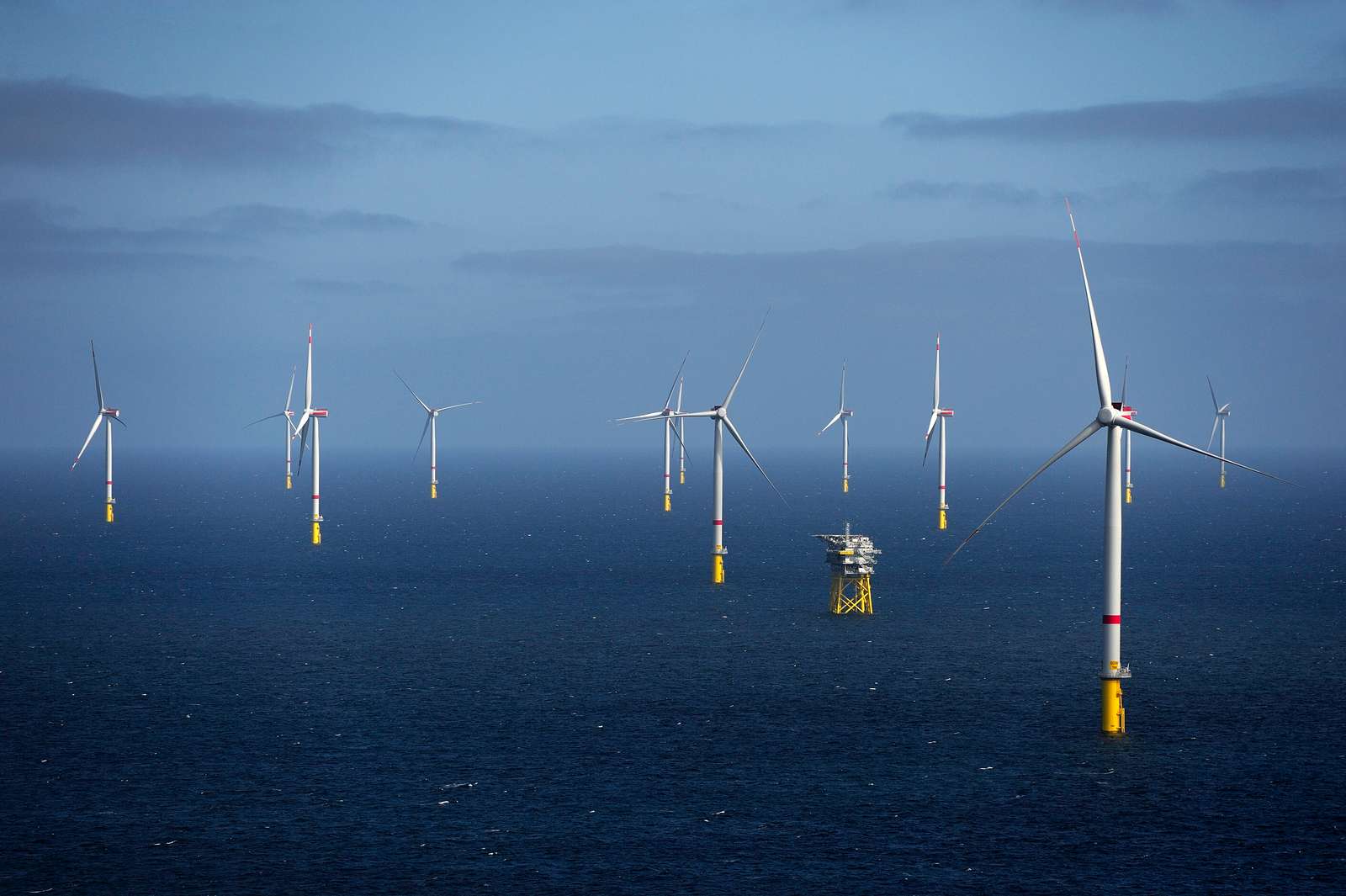US GDP Growth & Fiscal Deficit

Source: IMF, Macrobond, July 2024
Why Elections Matter:
As investors, we must acknowledge the inherent unpredictability of the future: macroeconomic factors, geopolitics and market volatility limit our ability to produce reliable forecasts. For the US, this uncertainty today is compounded by the upcoming presidential election in November 2024.
Infrastructure as an asset class is generally resilient to the volatility of the economic cycle, this is one of the key reasons why investors allocate to it. Nevertheless, upcoming political events may determine the future trajectory of US fiscal policy, which will likely have consequences for economic growth and inflation, influencing return expectations, and the positioning of infrastructure portfolios.
Why Fiscal Deficit Matters:
When we look at the recent resilience of the US economy, one data point stands out, a fiscal deficit above 6%. This has supported US growth, despite inflation, high interest rates, and an inverted yield curve signalling the risk of a looming recession, which, so far, has not materialised [1].
To put things in perspective, excluding the Covid period, since 1949, the US had only run a deficit above 6% in the aftermath to the global financial crisis in 2009-2012, when debt to GDP was below 100% [2]. Hard-to-reform, mandatory spending is expected to push the fiscal deficit higher over the coming years, driving debt to GDP above 125% in 2025, and will influence future fiscal policy, whoever wins the White House [3].
A Fiscal Policy Dilemma:
Data suggest that the US economy is cooling down. As we enter 2025, a new government may face a fiscal policy dilemma. Cutting the deficit may have negative consequences on economic growth, at a time when the economy is decelerating. Sustaining or even widening deficits, would increase pressure on future government debt trajectory. Easing inflationary pressure sets the stage for rate cuts, as the Federal Reserve could start lowering interest rates as soon as September. Fed cuts favour a reduction at the front end of the US yield curve, while higher fiscal deficits may increase pressure on spreads and yields for longer maturities, a key factor influencing financings and valuations.
Limited Risk for Infra Policy:
While a Democratic President may focus on preserving existing commitments on climate policy, a Republican President may aim to fortify the U.S. energy policy and global role as a net energy exporter, by intensifying fossil fuel production. However, the existing commitments linked to the Infrastructure Investment and Jobs Act (IIJA) and the Inflation Reduction Act (IRA), the most significant climate-and-energy-related policy in U.S. history, with an estimated $369 billion investment [4], are likely to endure. These policies focus on revamping U.S. infrastructure and building out US clean energy, and share bipartisan interest, as measures support the domestic economy in an era of rising trade barriers and deglobalisation. Repealing or significantly amending these laws would necessitate congressional action, which is unlikely if Congress remains divided, as currently both Republican and Democrat States benefit from IRA incentives supporting investment.
Positioning Infrastructure Portfolios:
Despite the uncertain economic environment, as policy is expected to remain favourable, and technology costs continue to decrease, we believe that investors shall focus on complementing portfolios with core plus and value-add strategies that focus on expanding and building new, critical infrastructure platforms capitalising on key, resilient megatrends such as decarbonisation and digitalisation to deliver growth and enhance long-term portfolio returns.
For core investors, we see an extended window for opportunistic acquisitions of high quality, yielding assets at attractive valuations, and thereby also capitalising on future interest rates cuts which offer an opportunity for improving future valuations. The quantum of capital required and the variety of initiatives within megatrends in the US is also larger than in other markets, putting investors in a good position to find attractive opportunities at scale. A focus on quality, prioritising investments with low leverage and clear capex programs remains a key parameter across strategies, as megatrends continue to redefine the risk/return profile of infrastructure sectors.
To sign up for our insights series, or to speak to a member of the team, please fill out the form here.

Gianluca Minella
Head of Infrastructure Research
References:
[1] Bloomberg, July 2024
[2] Fred St Louis, July 2024
[3] Bloomberg, July 2024
[4] S&P Global, October 2022
This document is issued by InfraRed Capital Partners Limited (“InfraRed”). InfraRed is authorised and regulated by the Financial Conduct Authority (“FCA”) with firm reference number 195766. This document is for information and convenient reference, and does not constitute an offer or solicitation for, or advice that you should enter into, the purchase or sale of any security or other investment product or investment agreement, or any other contract agreement or structure whatsoever.



